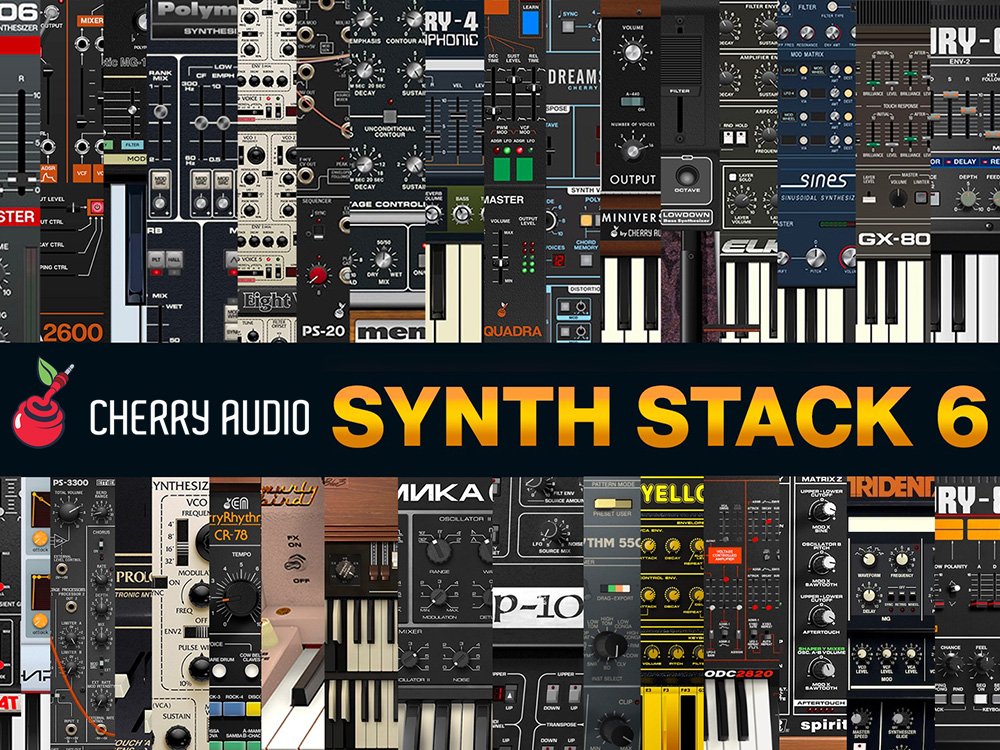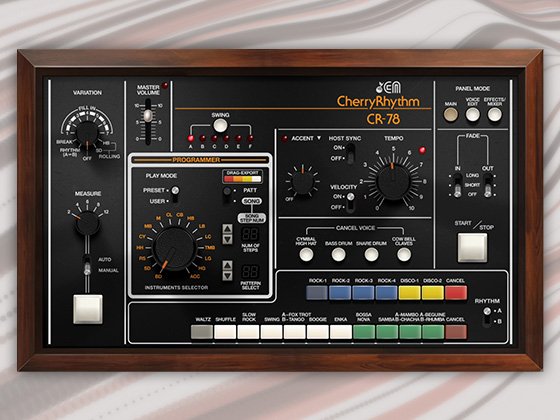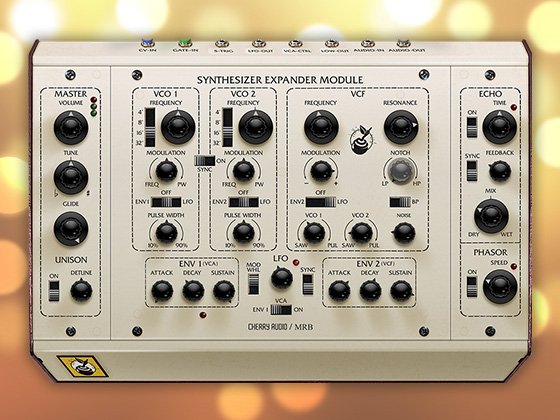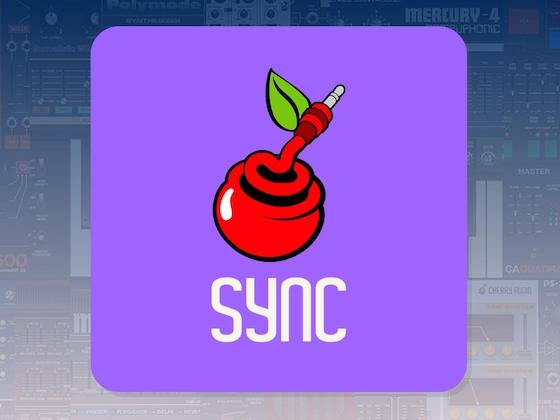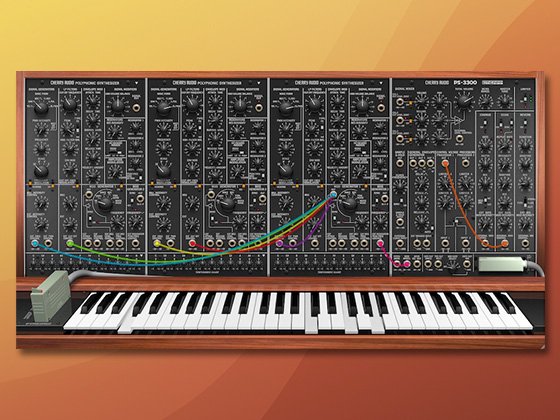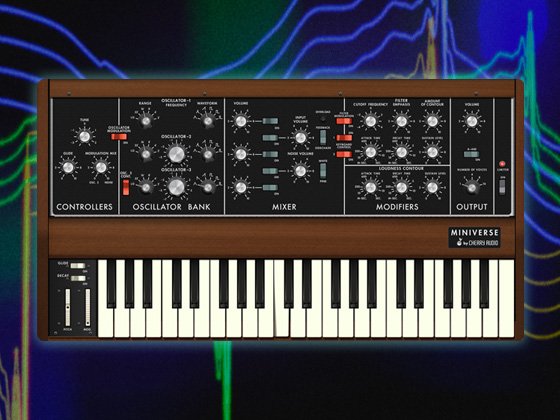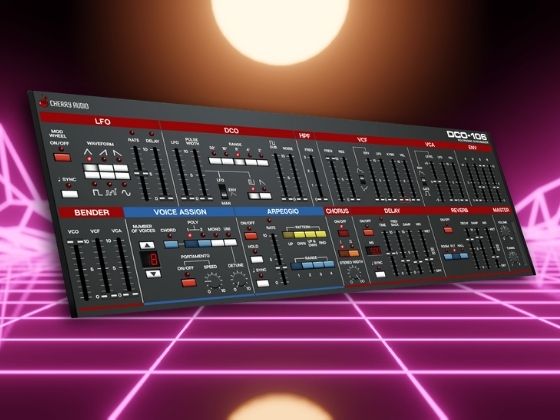$12.99 $24.99
This is a rhythm machine that’s just about as deep into the modular side of the spectrum as rhythmic sequencing can be. Four-part beats (per unit) are algorithmically determined by a pack of six multiplier/dividers fed into four sets of boolean logic to determine on/off cycles which produce gate signals at the outputs.
It churns, sputters, seizes, and explodes with a machine’s indifference and complexity, to produce alien rhythms in fascinating timings. To operate it, is more like archaic brain surgery than purposeful step-sequencing, and yet, with time, you also learn how to communicate with it, to coax it toward your desired feels.
Connect the CLOCK IN (center) or let the internal clock do the work, and use the RESET jack for synchronizing the downbeat with a trigger. On the bottom half, you can derive 6 other clocks via multiplication (silver dials) for faster subunits and division (gold dials) for longer intervals, as well as define their pulse-widths (which will affect logic execution) and phase (for swing and other timing possibilities). Each has a RST (reset/sync) jack, meaning they don't have to be synced to the master clock even though their tempo is calculated from it. These six clocks have their own outputs, and certainly this device makes a great multiplier/divider, but the real magic comes from how they feed logic circuits in the top portion of the device.
The top section has four channels (in rows) for sequencing rhythm, with the outputs at the right capable of feeding drum modules, triggering events, or clocking (in nontraditional ways) other sequencers. To define the output rhythm/pulses for each row, you select two clocks and a form of logic. The logic involves comparing the states of the two selected clocks and deriving an output "decision" of 5V ("true") or 0V ("false"). Options for logic include AND (true if both ins are true), OR (true if either in is true), NAND (opposite of AND), NOR (opposite of OR), XOR (true if one and only one in is true), and XNOR (opposite of XOR). As the clocks move against each other and sift through the logic, they produce reliable but nontrivial patterns. As the clocks are imbued with nuances of phase, pulse-width, multiplication, and division, those patterns can take on an endless variety of shapes.
And then you can go ahead and modulate everything. From clock selection to logic mode to clock multiplication to phase and on and on... you can use modulation to establish patterns of patterns or simply introduce some variation.
As with generative art, you create rules from which novel results emerge, and while you're at the wheel, the trip will be full of surprises.
